Myroslav Kasheba
Postgraduate student of the Department of Astrophysics, Lviv National University
Universe. By its very existence, it asks us bulks of questions: where did it come from? Why? What is its purpose? Nobody knows the exact answers. However, this does not mean that no one is trying to find them. Science is looking for these answers. The best thing we have today is the Big Bang theory. It tries to explain how our world came into being and why it evolved this way and not some other. We prefer it among all alternative theories. And we have two very good reasons for this —the existence of relic radiation and the primary content of chemical elements.
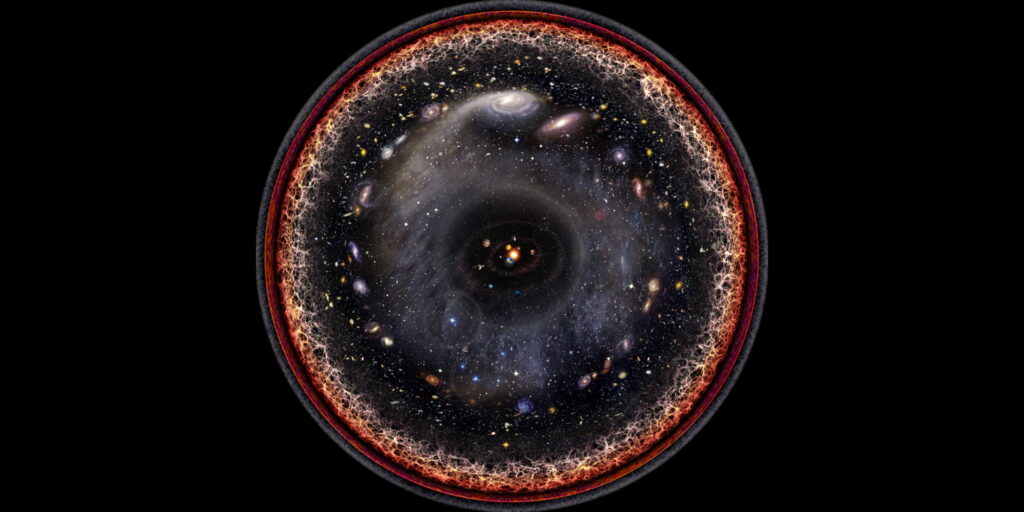
Both of these properties of the universe were predicted by a native of Odessa, George Gamov, — who later emigrated from the USSR to the United States, — based on the then still unrecognized theory of the Big Bang. He did this together with his student Ralph Alpher in 1948. But before we go into more detail about the essence of their research, it is worth starting with the introduction.
For a long time, people believed that everything they see and hear happens the moment they see and hear it. However, the situation is not so simple. The fact that thunder usually sounds with a “delay” relative to lightning, led us to a very correct conclusion about the finiteness of the speed of sound, and with the advent of accurate stopwatches it was possible to measure it. Some scientists have begun to express similar views about light. Galileo Galilei conducted experiments to determine its speed in 1607. As a true experimenter, he came to the conclusion that this speed far exceeds the capabilities of the measuring instruments existing at that age.
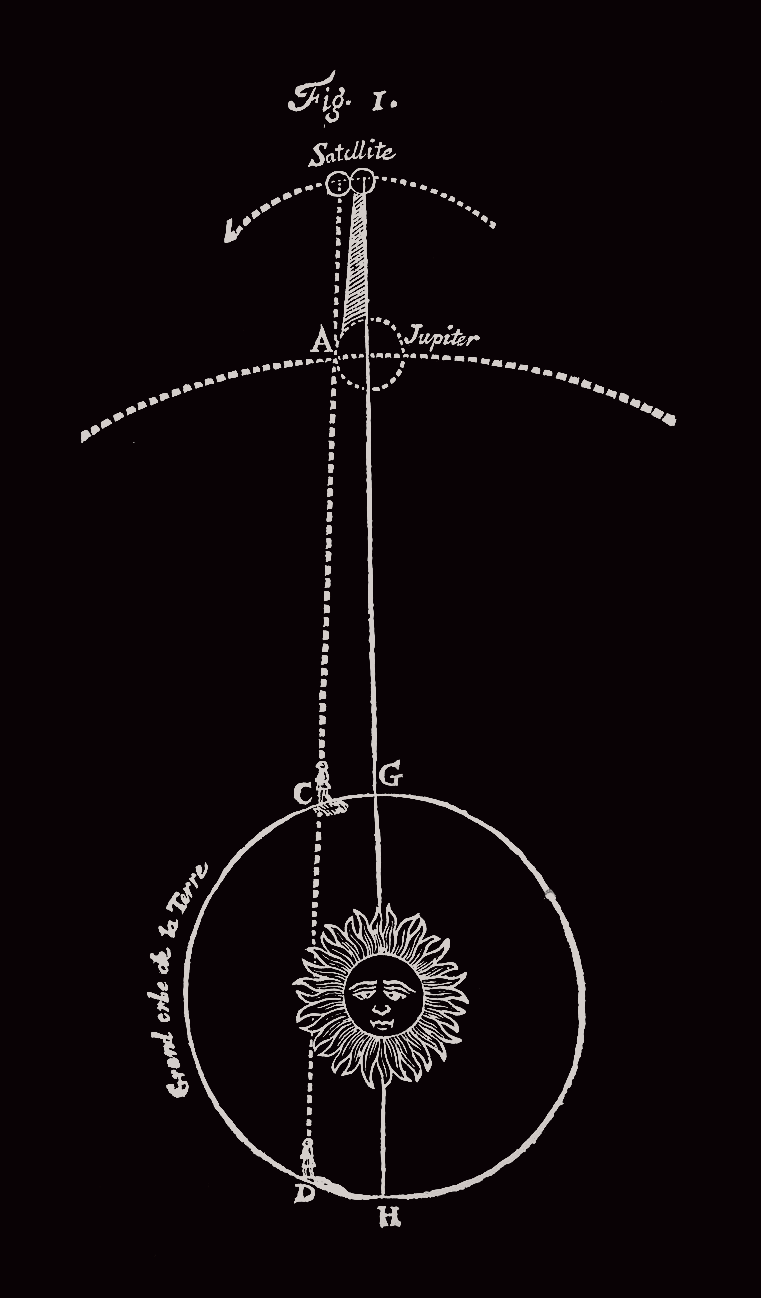
In 1671, the Danish astronomer Ole Rømer dived into observing Jupiter’s moons. He noticed that the shadow of them does not always fall on the planet at the time of the eclipse, as predicted by astronomical calculations: sometimes it happened a few minutes earlier or later. In total, the difference between the maximum lead and delay was almost 16 minutes. This led the scientist to conclusion that the reason for these shifts in time is the finite speed of light.
In 1673, the relationship between the distances in space and on Earth was first established, which allowed Rømer to conduct a more accurate experiment in measuring the speed of light in two years. According to his results, this speed of light as “translated” into modern units of measurement was almost 220 thousand km / s.
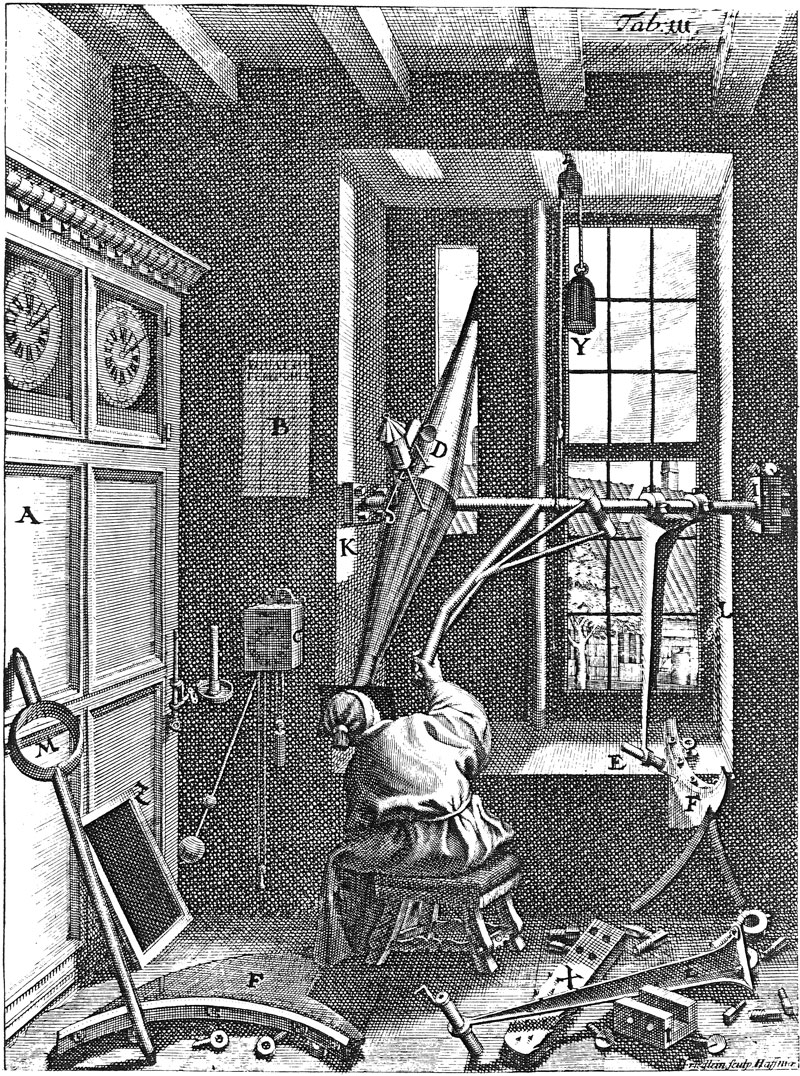
We now know the exact value of the speed of light in a vacuum, but Rømer ‘s discovery allowed us to understand one simple concept: we see events not in the moment when they occur, but in the past. Looking at ourselves in the mirror, we see ourselves in the past moment. We see the moon in the sky where it was a little over a second ago, and the sun — with a “delay” of almost 500 seconds. From this it is easy to see that the farther the object of observation is, the farther into the past we look. In fact, our study of the early universe is based on the finite speed of light.
The farthest place we can look at is the so-called sphere of the last scattering of relic radiation. This view portrays the extreme stage when the universe was already cold enough for protons and the first atomic nuclei to recombine with electrons and matter to become transparent to electromagnetic radiation. The age of this event is estimated at about 380,000 years after the Big Bang. We will never see what happened before that time, but we can observe what happened afterwards and draw conclusions from observations about the probable causes of these processes.
But immediately after the “release” of the photons of the relic radiation from the opaque plasma that recombined, darkness came. The period between the formation of the last scattering surface and the “ignition” of the first stars is called the “dark ages” — precisely because at that time there was no source of radiation in the universe. Although photons traveled through space in large numbers, they could not interact with matter because they were already too cold to do so, and they did not have enough energy to interact with atoms. It is these photons that are destined to move through space all the time and lose their energy due to the cosmological expansion of the universe. And only in 1965, American scientists Arno Penzias and Robert Wilson were able to record this radiation and measure its temperature. They were later awarded the Nobel Prize for this discovery.

Relic radiation is the first strong evidence of the Big Bang. And what about the primary chemical content? How to determine it by observations? The easiest way to do this is with hydrogen atoms. Neutral atoms of this element in the basic state can form a spectral line of ultrafine structure. The key factor in its formation is the mutual orientation of the spins (directions of rotation) of the electron and proton. The reorientation of the spin of the electron causes the ultrafine splitting and emission of an electromagnetic wave 21 cm long. Since the universe since the beginning of its evolution contained mainly hydrogen, this radiation allows us to see what is happening in its most remote corners in different eras. We can even observe what happened to this chemical element in the “dark ages”.
In fact, the presence of radiation at a wave of 21 cm implies that the early universe was filled with neutral hydrogen. Like relic radiation, moving in space, it was red-shifted (astronomers refer to this shift by the Latin letter z). Meanwhile, in its division into z = 16-20, corresponding to the approximate age of the universe 180-250 million years, there is a gap. This may mean that hydrogen atoms were ionized at that time. And the reason for their ionization may be the emergence of high-energy radiation, the source of which is considered to be the first stars. This period was called the era of reionization — the number of high-energy photons in the universe became enough to ionize neutral gas.

In later epochs, the spectra contain powerful ultraviolet radiation, which is an indication of neutral hydrogen travelling in space. This is due to the fact that atomic hydrogen can absorb it in well-defined spectral lines that form a series. The most common is a series of Lyman lines that correspond to the transitions of the electron from the basic state to any excited state. Accordingly, absorption lines will appear in the spectrum at certain locations. Of course, this radiation is also affected by the redshift. As a result, “gaps” in the spectrum corresponding to absorption by hydrogen will shift to the low-energy (long-wave) side, and will be replaced by a “fresh” spectrum from the high-energy region. If a new cloud of neutral hydrogen is encountered in the path of these photons, it will be “reflected” by another series of Lyman. Thus, the spectrum will look “cut” by many series of absorption lines, which are called “Lyman-α forest”. Actually, this is what astronomers observe.
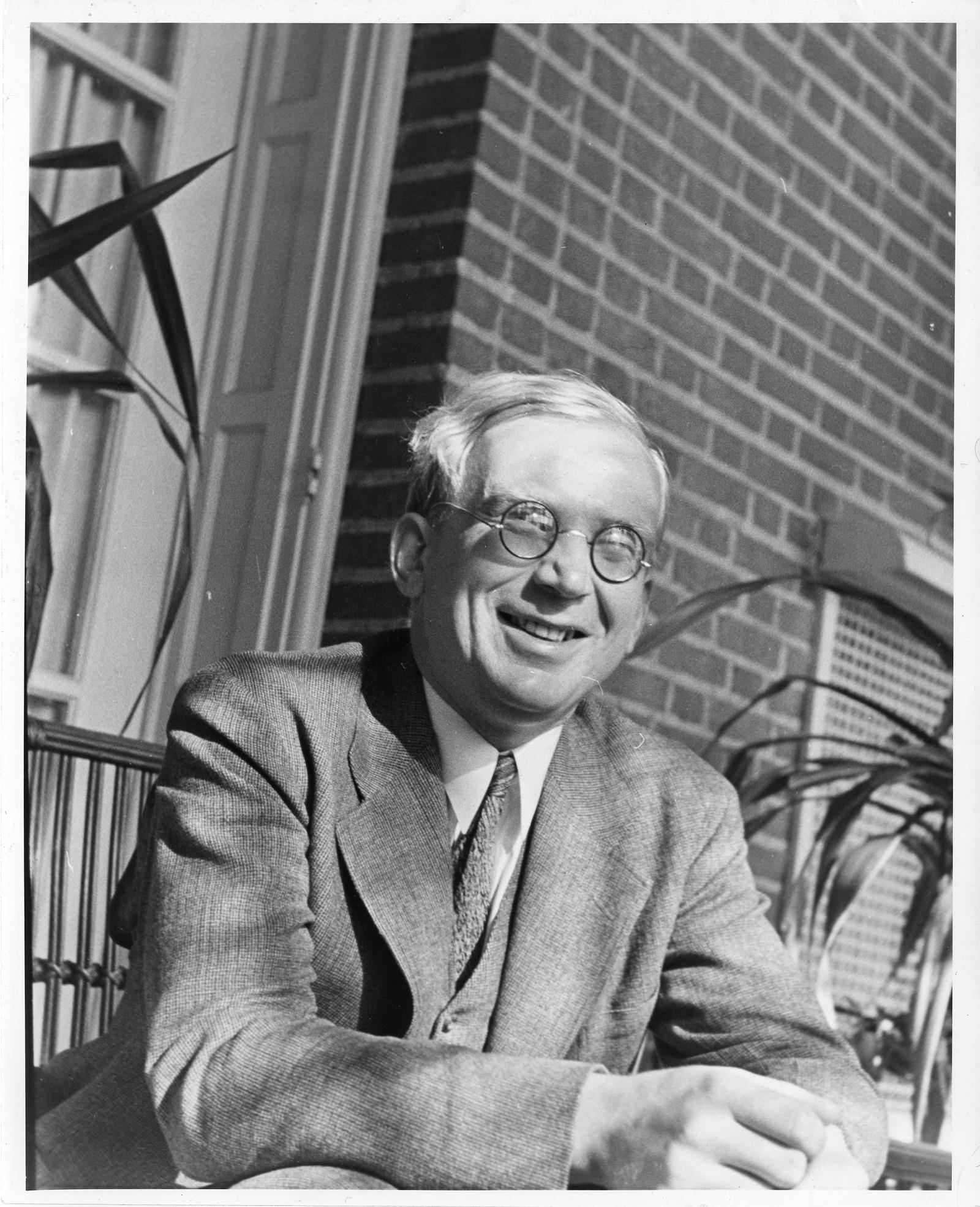
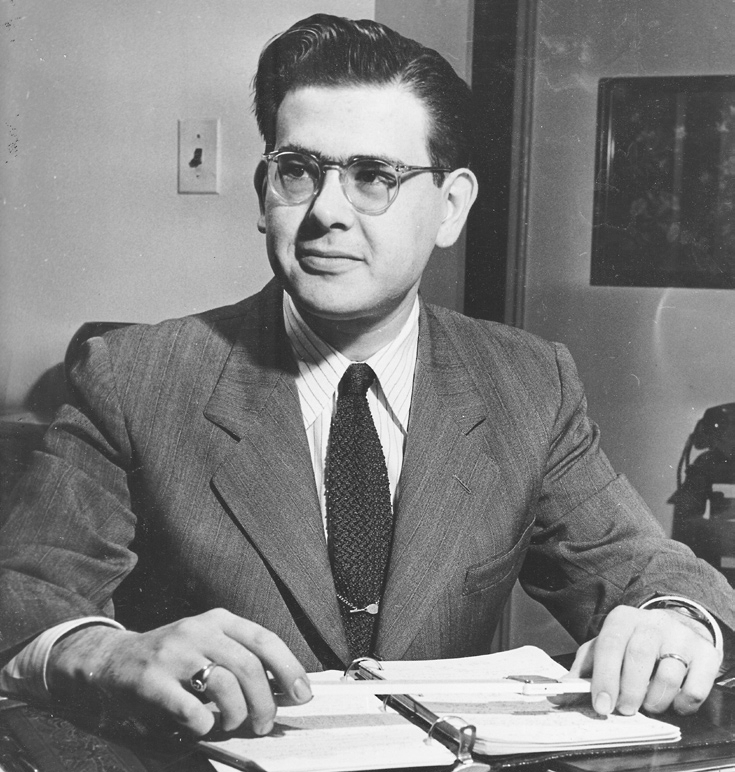
The logical question is: “What about direct observations of the first stars and galaxies?” The answer is quite simple: no one has seen them yet. The farthest and oldest known object is the irregularly shaped dwarf galaxy GN-z11, but its redshift is z = 11.09, which corresponds to an age of about 13.4 billion years (it existed 400 million years after the Big Bang) . Its age by the bright part of the ultraviolet spectrum is estimated 40 million years. Spectroscopic studies also show that there is active star formation — during the year, stars are born with a total mass of about 24 solar. From this we can conclude that this object has a very low metal content, i.e. chemical elements heavier than helium are practically absent. Other objects that are very far from us (z> 7) show similar properties — low metallicity and high rate of star formation.
A pleasant surprise is the fact that at relatively short distances there are blue compact dwarf galaxies — objects with very little metallicity, similar to those that first appeared after the “dark ages”. Exploring them, you can learn a lot of interesting things about the distant past of the universe. Yuriy Izotov is researching these objects in Ukraine. He studies star formation and chemical content in low-metal objects. The content of helium in such objects, measured by Izotov and other scientists, is the second important confirmation of the Big Bang theory. According to the calculations of Gamow and Alfer, after the completion of the primary nucleosynthesis for 12 hydrogen atoms there should be one helium atom (and a small amount of lithium isotope with atomic mass 7). Quantitatively, helium atoms make up about 8% of all particles, which corresponds to a mass fraction of 25%. Observing low-metal objects gives about the same mass fraction of helium. Theoretically, this relationship is explained by the fact that, in contrast to the extremely stable helium-4 nucleus, stable nuclei with mass numbers 5 and 8 are absent. Therefore, it was difficult for elements with nuclei above four to form. And in order to form helium, deuterium — a heavy isotope of hydrogen whose nucleus contains a neutron in addition to a proton — must be present in the chain of nuclear transformations. During primary nucleosynthesis, the plasma temperature was too high to keep this isotope “intact” — it simply decayed. There was very little time, — about 20 minutes, — between the time when the universe was still hot enough to support fusion reactions, and when it had “cooled down” enough to maintain the stability of the deuterium nucleus.
After the completion of primary nucleosynthesis, already in the “dark ages”, in a universe filled with hydrogen and helium atoms, the process of star formation began, which lasted for hundreds of millions of years. The first luminaries were to be very powerful sources of energy in order to effectively “ionize” the surrounding neutral gas, as well as to become the basis for future quasars. Accordingly, they were to be very heavy: their masses are estimated at several tens to several thousand masses of the Sun. The time of active existence of such stars was measured in hundreds of thousands of years. In their bowels, they synthesized new, heavier chemical elements, and after their death enriched the surrounding space. These objects are called “generation III stars” — they had almost zero metallicity. From their “remnants” formed the “generation II stars”, which already had non-zero, but relatively low metallicity. Their masses were close to solar, and the period of life was billions of years. These are the ones we can observe in distant galaxies. Now came the age of the stars of the “generation I”, to which our Sun belongs.

Over time, the universe expands, and everything in it changes. However, these changes are generally becoming less and less noticeable. If in the early stages of “world evolution” everything was compact and very fast (the formation of elementary particles took from seconds to minutes), now cosmological processes are very slow, they are stretched to giant areas of space. The active life of the star lasts from several million to tens of billions of years. The Big Bang theory has tried to explain what our world looked like in the beginning, but this is only a tiny fraction of what the universe has to offer. So there are still many discoveries are waiting for us.

